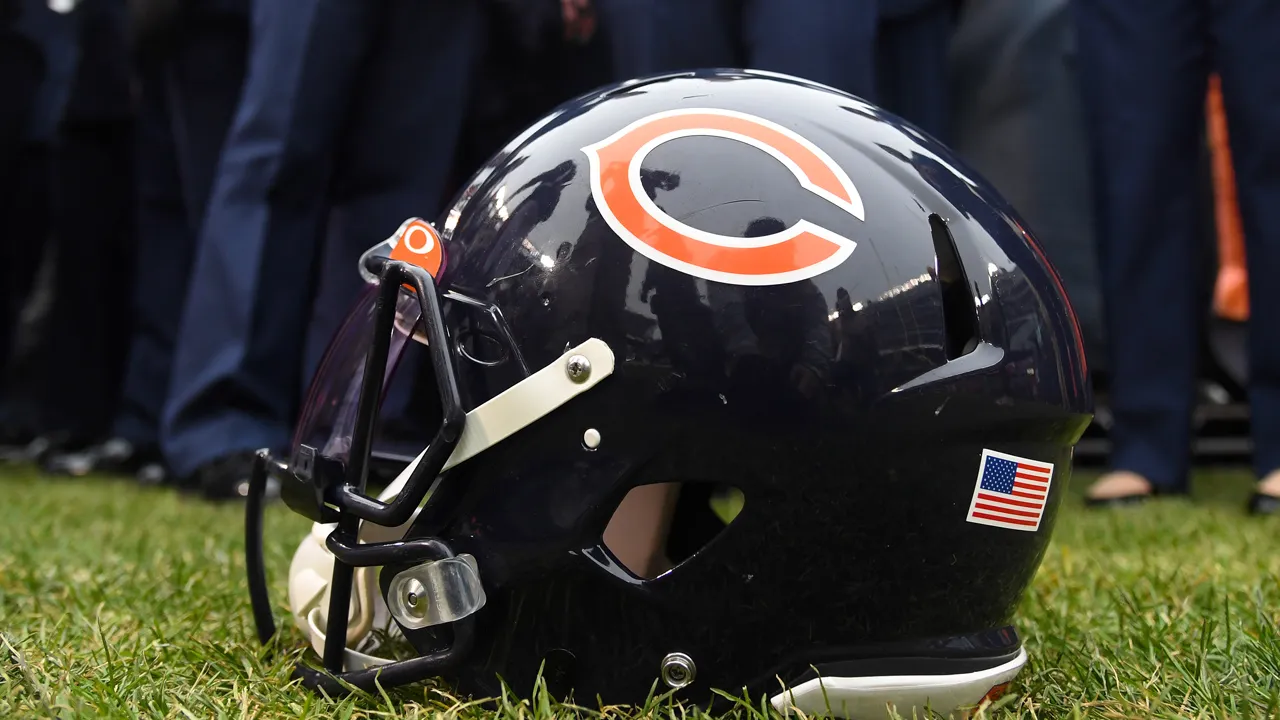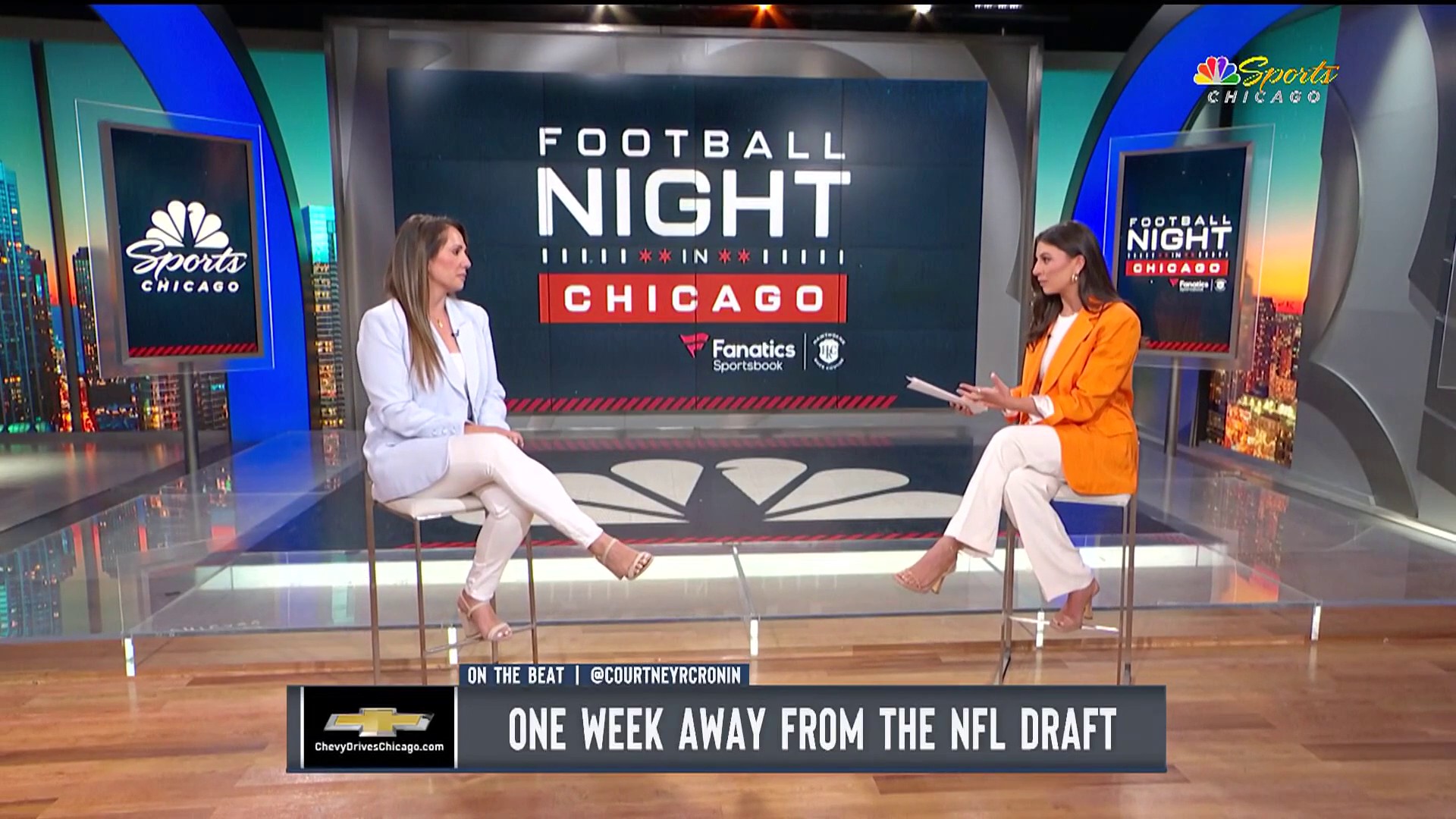All of the Mitch Truisky expectation qualifiers have been installed — no magic wand for the offense, only 13 college starts, not out of a pro-style system at North Carolina, and so on and so on. But irrespective of any pressure on the job statuses of GM Ryan Pace or coach John Fox, the expectations of the rookie quarterback over the next season-and-a-half or so should be more, far more, not less.
The reason lies in one of those things that run counter to most conventional-wisdom assumptions about quarterbacking in the NFL. The Bears hope, in the deepest corners of the franchise, that it continues.
That “it” is the strong — as in “near”- or actual “playoff-grade” — play of quarterbacks within their first three and often fewer seasons, a time frame which was once the norm and still is arguably preferred. Aaron Rodgers sat several years behind Brett Favre after arriving as the Green Bay Packers’ No. 1 draft choice in 2005 (20 picks after the Bears had grabbed Cedric Benson), and “I was very thankful for the opportunity, now as I look back, to grow,” Rodgers said before the Bears game this year.
Stay in the game with the latest updates on your beloved Chicago sports teams! Sign up here for our All Access Daily newsletter.
But in an era when defenses have become increasingly sophisticated, and numbers of top college quarterbacks are coming out of spread offenses and systems far from “pro style,” quarterbacks have had positive impacts with increasing suddenness.
Consider some case studies from the last several years:
Player | Team | Drafted | Result
Teddy Bridgewater | Vikings | 2014 | 2015 NFC North champions
NFL
Jared Goff | Rams | 2016 | 3-1, leading NFC West, current No. 3-ranked passer in 2017
Robert Griffin III | Redskins | 2012 | NFC East champions, rookie season
Andrew Luck | Colts | 2012 | Playoffs first 3 seasons
Dak Prescott | Cowboys | 2016 | NFC East champions in 2016
Carson Wentz | Eagles | 2016 | 3-1, leading NFC East
Jameis Winston | Bucs | 2015 | 2-14 Bucs in 2014 were 6-10 in 2015 and 9-7 last season
Success is far from automatic, and to some extent lies in the eye of the beholder and has a time element. “Everybody was calling Goff a bust sometimes last season,” said Bears offensive coordinator Dowell Loggains, now with his hand on the Trubisky steering wheel and throttle. “And the teams around the guys are obviously enormous factors.”
To wit: Goff went No. 1 overall, usually a spot belonging to the most woeful team from the previous year. But he went to a Rams team coming off a 7-9 season that dumped its draft to move up from 15th for him. Likewise, Wentz went to a 7-9 team (Philadelphia) that traded up. These weren’t Peyton Manning going to 3-13 Indianapolis and Ryan Leaf to 4-12 San Diego (1998).
But Luck was the No. 1-overall pick by an Indianapolis team that went 3-13 in 2011, then 11-5 in Luck’s first year. Washington was 5-11 in 2011, then 10-6 and NFC East champions in RGIII’s rookie season.
Trubisky has gone to a 3-13 team, one with among the least productive groups of wide receivers in the NFL. On the other hand, after Troy Brown, name two other New England Patriots wide receivers from their early Super Bowls.
Note to the rookie: It’s a poor craftsman who blames his tools (see: Jay Cutler).
And Tom Brady had started zero games and thrown all of 3 passes, 2 incomplete, as a rookie backup on a 5-11 Patriots team in 2000 before starting in relief of Drew Bledsoe in 2001.
But the game and the players, particularly the quarterbacks have changed.
“In 2005, I don’t think the quarterbacks were as ready to play as maybe some of the guys are now,” Rodgers said. “There’s better coaching, better awareness, there’s better coaching at a younger level. If you’re not in a ‘raise-you-foot-up, look-the-sideline, let-the-coach-call-the-play offense,’ you’re doing some more stuff now at the college level.”
All the Bears ask is for Trubisky to do more stuff now at the NFL level.


